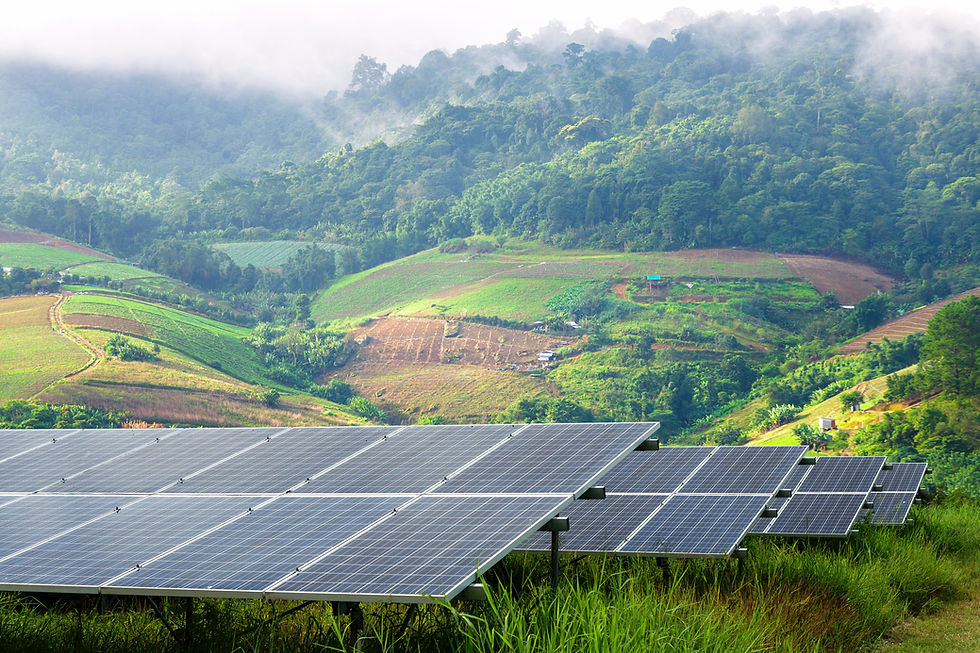The Willow Project - More Oil Drilling in Alaska?
- Thomas Catuosco

- May 7, 2023
- 3 min read
Last month, many high schoolers saw their friends post Instagram stories decrying an oil drilling project in Alaska—the Willow Project—- after the Biden administration approved the controversial plan. Despite promising to end drilling on federal land, the President supports the project, as it plans to help up to 200,000 barrels of oil daily in order to produce energy for the United States. The project, developed by fossil-fuel company ConocoPhillips, calls for three drill sites and up to 199 oil wells, as well as over 300 miles of pipeline and 500 miles of roads. Most of the land the oil is on permafrost, and the pipeline’s development can harm Arctic wildlife and the Native Americans living in the region. Additionally, the 600 million barrels of oil produced over 30 years can lead up to 287 million tons of carbon emissions. While there are many environmental issues that come with the Willow Project, it also purports to help produce energy domestically.
The project began in 2016 when oil was discovered in the Natural Petroleum Region of Alaska, which is on Alaska Native lands. Initially, ConocoPhillips planned that two drills would be used to retrieve the oil, but the company discovered three more places that would be adequate to drill. The firm is already managing several oil fields, but the Willow Project will build pipelines, ice and gravel roads, an airstrip, a gravel mine, a non-permanent island, and additional infrastructure. After acquiring leases for the land, the company was set to open five drill sites under the Trump administration. However, President Biden limited the plan to three approved sites, which would still produce about 90% of the plan’s total oil.
The project, which is expected to produce 600 million barrels of oil over 30 years, is projected to generate significantly negative environmental impacts. For example, the oil is expected to produce 9.2 million metric tons of yearly carbon pollution, which is the energy used to power two million cars. However, the amount of metric CO2 it will produce amounts to just 0.03% of the emissions of the United States. The project will take several years to be constructed, and by the time that the United States will gain revenue from that, there may be enough clean energy alternatives to consider the project worthless. It is estimated that it will need at least 30 years for the project to sustain itself. The project will be built near the village of Nuiqsut, which is largely inhabited by Alaska Natives, and many in the town opposed the project due to health concerns. Additionally, the project will be built near wetlands home to animals such as caribou and the yellow-billed loon, and constant drilling may harm these creatures.
Despite these issues, ConocoPhillips claims the project will benefit the North Slope even when factoring the environmental concerns. By producing 180,000 barrels per day of oil in Alaska, the United States can use its energy domestically instead of relying on other countries to produce oil. This, in turn, would help lower gasoline prices. It also expects the project will gain between $8 and $17 billion in revenue to the federal government, communities around the North Slope, and the state of Alaska. Up to 3,000 jobs will be created by the project, of which around 2,500 are in constructing the project. The company also claims that it will help the subsistence lifestyles of the Alaska Native communities, by making subsistence trails that will allow for the hunting of caribou.
Ultimately, if the world were to stop using fossil fuels today, the world would not be able to rely on only the clean energy infrastructure Earth have right now. However, if it takes years before the Willow Project will be able to produce a single drop of oil, it may not be worth making a pipeline that can cause irreversible ecological damage when clean alternatives are on their way. The project promises to keep energy costs in America lower by drilling in the country, and many in Alaska and the nation have been sold on that idea. However, if renewable options come before the pipeline is finished, the costs saved by the Willow Project may not exist.





Comments